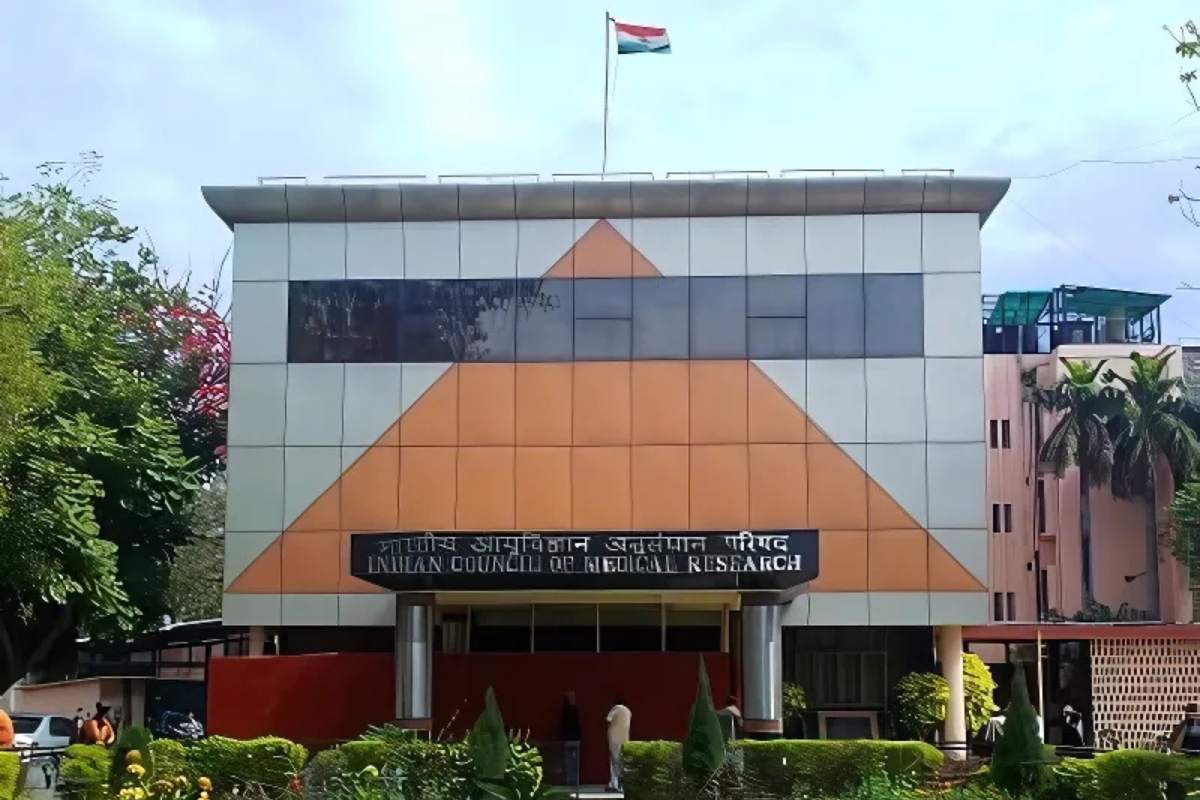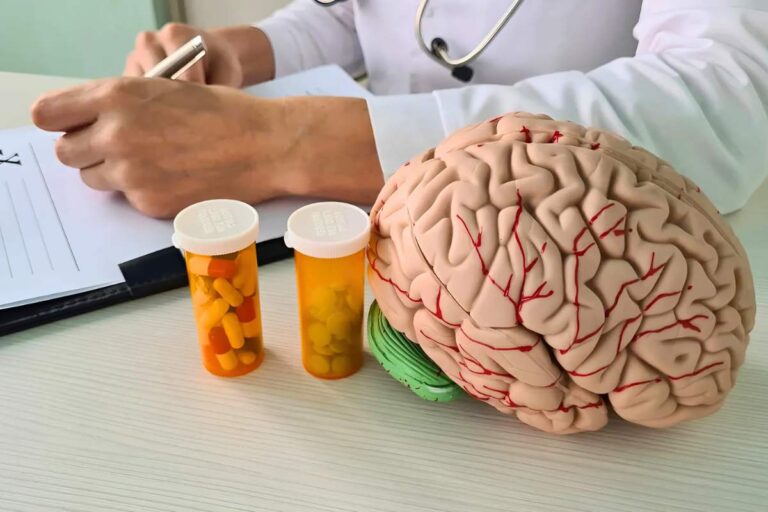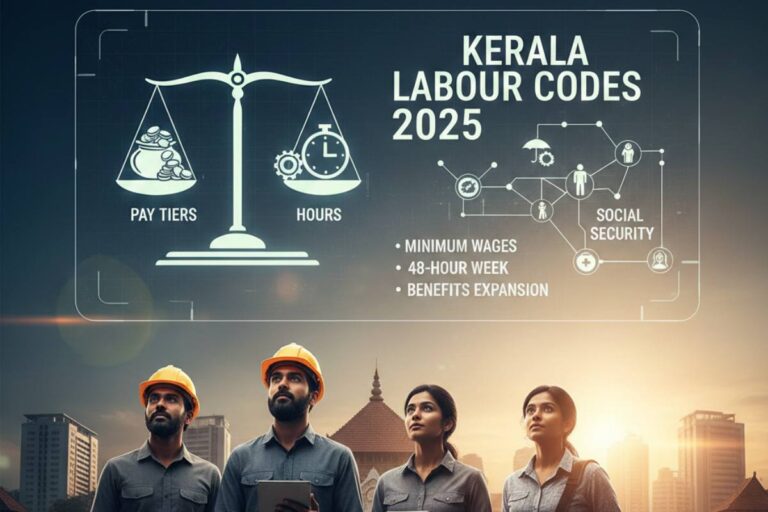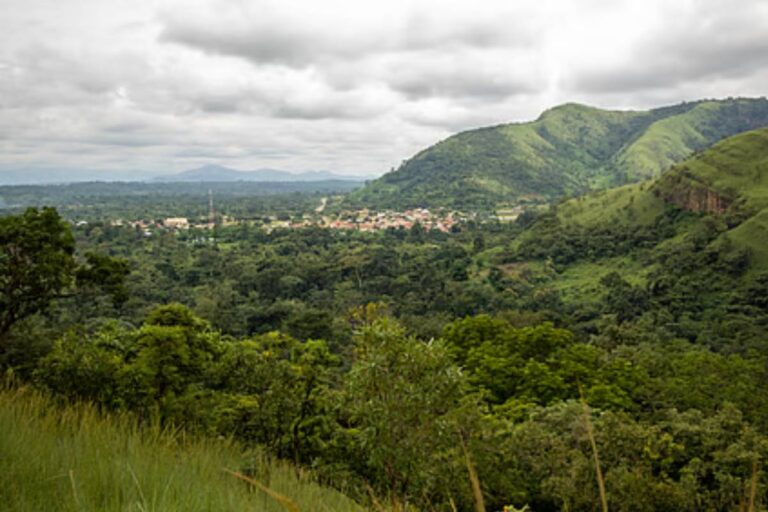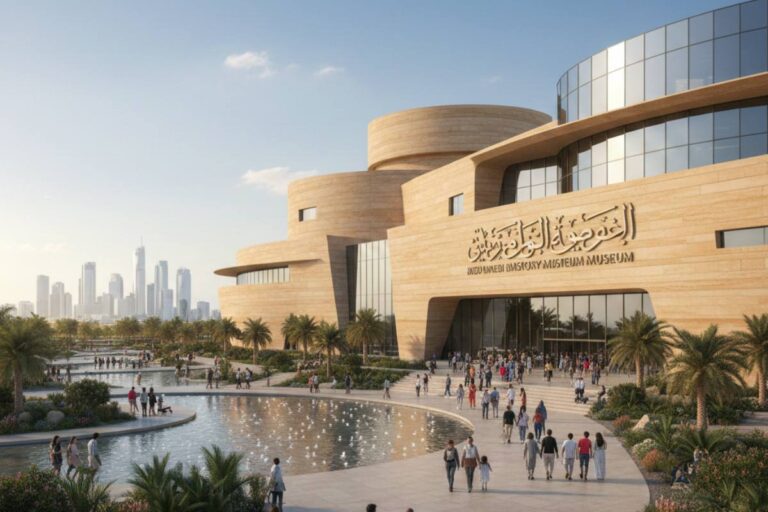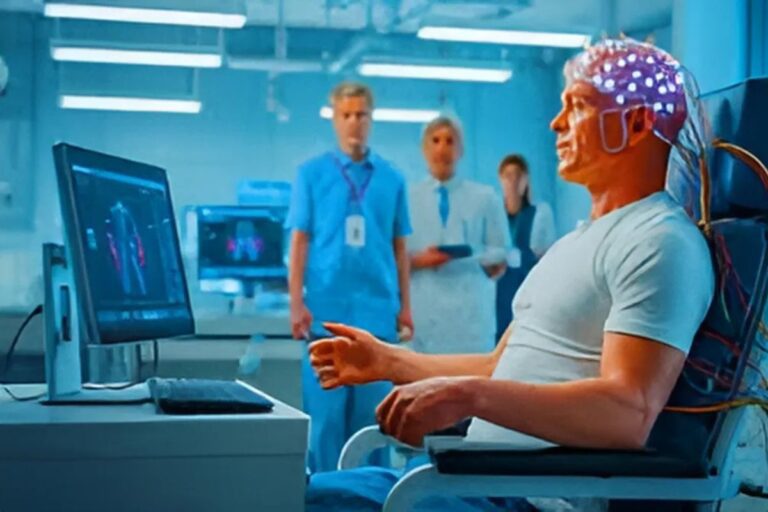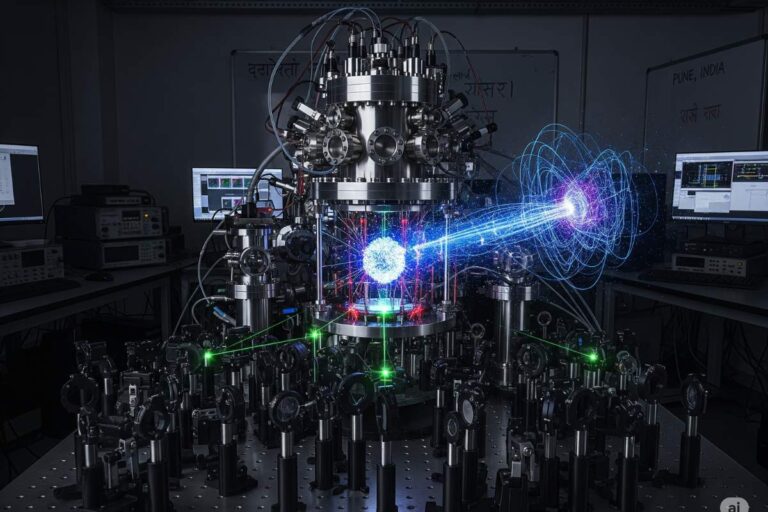That’s what it can be like, living with a rare disease. A rare blood type. It’s a special kind of isolation, isn’t it? You navigate a world built for the majority, while your very biology, the stuff flowing through your veins, is an outlier. A statistical anomaly. Doctors scratch their heads, treatments are a shot in the dark, and finding a compatible blood donor. It can feel like trying to catch smoke with your bare hands. Utterly impossible.
For years, that was the reality for so many in India. A silent, desperate struggle. Patients with Bombay blood group, or Duffy-negative, or a dozen other impossibly rare types, people whose lives depended on finding that one-in-a-million match, were often left with nothing but prayer. The system just wasn’t built for them. It was a heart-wrenching lottery, and the odds were never, ever in their favor.
But what if I told you something is shifting? A quiet revolution is underway, a digital heartbeat starting to pulse across the country. It’s not flashy. It doesn’t make front-page news every day. But for those in the know, for those whose lives hang in the balance… It’s everything.
Here’s the kicker: The Indian Council of Medical Research (ICMR) has been building something incredible, almost in the background. It’s called the National Registry of Rare Blood Group Donors. And it’s changing the entire game.
From Desperation to Digital Connection
Think about it. Before this, what happened when a patient with a rare blood type needed a transfusion? Chaos.
Panic.
Hospitals would send out frantic calls. Families would post desperate pleas on social media, their hope dwindling with every passing hour. They’d be tapping into a small, fragmented network, screaming into the void. Sometimes, a miracle would happen. A distant relative, a friend of a friend, someone in another city who just happened to see the post and know they were a match. But banking on miracles? That’s no way to run a healthcare system. It’s certainly no way to live.
The problem was simple, yet profound: the donors were out there. Scattered across our vast, bustling nation of over a billion people. Good-hearted individuals willing to help, but completely invisible to the people who needed them most. They were needles in a haystack the size of a subcontinent.
This is where the ICMR stepped in, armed with a simple, powerful idea. What if we could create a single, unified platform? A digital Rolodex of these rare, life-saving individuals?
And so, the registry was born. It started small, a collaboration between the ICMR and the National Institute of Immunohaematology (NIIH) in Mumbai. The goal? To identify, register, and connect rare blood group donors from every corner of India.
It’s a mammoth task, if you stop to think about it. It means coordinating with blood banks in bustling metros and sleepy towns. It means running sophisticated tests to identify these rare antigens, the tiny molecular flags on our red blood cells that determine compatibility. It means building a secure, accessible database that a doctor in Delhi can use to find a donor in Kochi in a matter of minutes, not days.
Believe it or not, they’re pulling it off.
The Faces Behind the Data: Real Lives, Real Impact
This isn’t just about data points and fancy software. This is about people.
It’s about a young thalassemia patient in Bengaluru, someone who needs regular transfusions to simply stay alive. But her blood type is so rare that her local blood bank lives in constant fear of running out. Before the registry, every transfusion was a new crisis. Her parents lived with a knot of dread in their stomachs, a constant “what if?” hanging over their heads.
Today, her doctor can log into the ICMR portal. With a few clicks, they can see a list of registered, confirmed donors across the country. They can see who is available, who is nearby. The system can coordinate everything, the call to the donor, the collection, the urgent shipment of that precious bag of blood. The knot in her parents’ stomachs? It’s starting to loosen. It’s being replaced by something that feels a lot like hope.
Funny thing is, the heroes of this story are often just regular folks.
They’re college students, software engineers, shopkeepers, and homemakers. People who, at some point, during a routine blood donation, were told, “You know, you have a very special blood type.” For most, it was just a piece of trivia. A fun fact. They probably never imagined it could be the difference between life and death for a stranger hundreds of miles away.
Now, because of the registry, they get a call. “Hello, your blood is needed for a patient in critical condition.” And they show up. It’s a quiet, profound act of solidarity. A connection forged not by family or friendship, but by shared biology. It’s humanity at its absolute best, you know?
How Does It Work? (Without the Jargon)
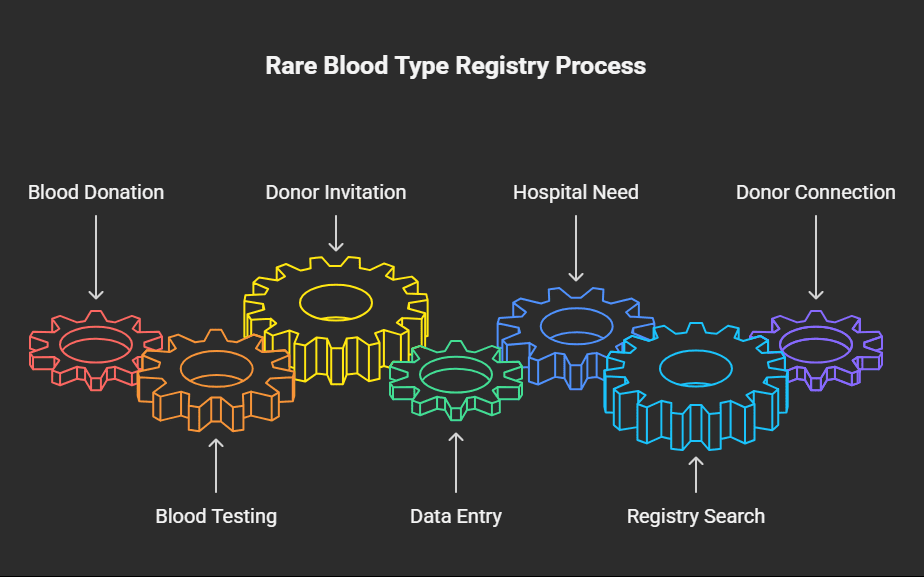
Okay, so let’s break it down. How does this magic happen?
It’s a bit like a high-tech matchmaking service. For blood.
- The Identification: It all starts at the blood bank. When you or I go to donate blood, it gets tested for the common groups, A, B, O, AB, and the Rh factor (positive or negative). But for this registry, they go deeper. Specialized centers, like the NIIH, perform what’s called “blood group genotyping.” It’s like a genetic fingerprint for your blood, revealing the rare markers that standard tests miss.
- The Invitation: When a rare type is found, the donor is informed. This is a crucial step. They’re told about the significance of their blood and are invited to join the national registry. It’s completely voluntary, of course. But who wouldn’t want to be part of something so life-altering? They become part of an exclusive, life-saving club.
- The Digital Hub: Their information, de-identified for privacy, of course, is entered into the centralized portal. This is the heart of the operation. It’s a secure, constantly updated database that acts as the single source of truth for rare blood types in India.
- The Moment of Need: Now, picture a hospital anywhere in the country. A patient comes in, an accident victim, or a woman with complications during childbirth. The doctors do a blood type and find that a rare match is needed. Urgently. Instead of blind panic, they now have a protocol.
- The Connection: The hospital’s blood bank logs into the ICMR registry. They input the required blood type. And voilà. The system searches the entire national database and provides a list of potential donors. It facilitates the connection, and the process of getting the blood from the donor to the patient begins.
It sounds so simple when you lay it out like that, but the logistics behind it are mind-boggling. It requires incredible coordination. But the impact? It’s immeasurable. It transforms a desperate, hopeless search into a streamlined, life-saving procedure.
More Than Just Blood: A Ripple Effect of Hope
Here’s something you might not have considered. The benefits of this registry go far beyond just emergency transfusions. They create ripples that touch every aspect of a rare disease patient’s life.
Think about planned surgeries. For someone with a rare blood type, a necessary operation, a heart valve replacement or a knee surgery, can be a logistical nightmare. Surgeons are reluctant to operate without a guaranteed supply of compatible blood. So, what happens? The surgery has been postponed. Indefinitely. The patient is left to live in pain or with a worsening condition, all because of their blood type.
With the registry, this changes completely.
A surgeon can now plan with confidence. They can see that there are, say, five compatible donors within a reasonable distance. The blood bank can proactively contact these donors and arrange for the blood to be on standby before the surgery even begins. The risk plummets. The patient gets the care they need, when they need it. It’s a total paradigm shift, from reactive scrambling to proactive planning.
And what about a sense of community? For so long, having a rare blood type was an isolating experience. You were on your own. But this registry, in a way, creates a silent, invisible community. It’s a network of people linked by a shared biological gift. Donors often feel a profound sense of purpose. They understand that they hold a key that can unlock a future for someone else.
It fosters a culture of giving, a sense of national solidarity that’s incredibly powerful. It says, “No matter how rare your condition, you are not alone. Someone, somewhere, has your back.”
The Road Ahead: Challenges and Dreams
Now, is the system perfect? Of course not. It’s a work in progress, a massive undertaking that’s still growing.
The biggest challenge? Awareness.
So many people with rare blood types don’t even know it. They’ve never donated, or their blood has never undergone the specialized testing needed to identify these rare markers. The registry is only as powerful as the number of people in it. So, a huge part of the ongoing mission is to expand the screening process. To encourage more people to donate blood and to equip more centers with the technology to do this deep-dive analysis.
There’s also the logistical hurdle of geography. India is vast. Getting a unit of blood from a donor in rural Punjab to a recipient in Chennai, all while keeping it at the perfect temperature and within its short shelf life… that’s a Herculean task. It requires a cold chain network that is nothing short of world-class. Progress is being made, with partnerships with airlines and courier services, but it’s a constant battle against time and distance.
And then there’s the human element. Donors move. They change phone numbers. They might be traveling or unwell when the call comes. Maintaining an up-to-date and engaged donor database is a continuous effort, requiring dedicated teams to stay in touch and keep the information current.
But the vision is clear. The dream is to have a registry so comprehensive that no patient in India ever has to fear for their life because a matching blood donor can’t be found. The goal is to make the impossible, possible. To make the miraculous, routine.
Your Role in This Story (And Yes, You Have One)
You might be reading this and thinking, “This is amazing, but what does it have to do with me?”
Well, maybe everything.
Who knows what secrets your own blood holds? You could be walking around with one of these rare, life-saving types and have no idea. By donating blood, you’re not just helping with the immediate, everyday need. You’re also giving the system a chance to identify you, to potentially add you to this incredible registry. You could, quite literally, be the one-in-a-million hope someone is praying for.
Give it a try. The next time you see a blood donation camp, don’t just walk by. Step inside. It’s a small act that could have an impact you can’t even begin to imagine.
And even if you can’t donate, you can be an advocate. Talk about it. Share this story. The more people who understand the critical importance of blood donation and the incredible work of the ICMR registry, the stronger this lifeline becomes. Awareness is the fuel that powers this entire engine of hope.
At the end of the day, this is a story about connection. It’s about using technology not to divide us, but to bring us together in the most fundamental way possible. It’s about recognizing that beneath all our differences, we share a common, life-giving stream. And sometimes, sharing a little bit of that stream is all it takes to save a life.
It’s a quiet revolution, happening one drop at a time. A digital network is weaving a safety net of hope across our nation. And for the thousands of patients living with the uncertainty of a rare disease, it’s the most beautiful sound in the world. It’s the sound of a future they might not have dared to dream of.
It changed everything… and it’s just getting started.








